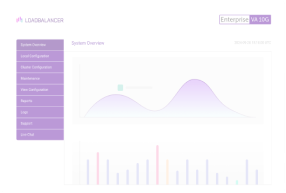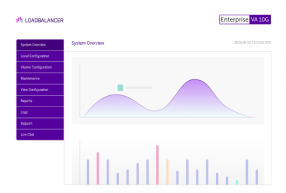
Insights from the load balancer experts


Using Grafana Loki with HAProxy for log aggregation

What is Stunnel and how do you configure it?

Solving the Layer 4 ARP problem on Linux with Ansible

Load Balancing Nginx Web Servers with OWASP Top 10 WAF in Azure

Visit us on stand E9 at IP EXPO Europe (and WIN!)

How to stop web form spam — use a simple honey pot trap in ModSecurity...

Kemp Technologies vs F5 — a refreshingly honest load balancer comparison

Stack Clash and Loadbalancer.org

Transparent vs Explicit proxy — which method should I use?

Lost sale lessons

15 reasons why you don't need a load balancer: Yes, really

Leading European research university maintains top-class website with Loadbalancer.org

What exactly is a reverse proxy? Reverse proxy v forward proxy

Great products don't need to be sold

Voice Activated Load Balancing? Could it actually work

April Fool antics

IAM what I am

DelftDI recommends Loadbalancer.org for load balancing critical medical imaging systems

Loadbalancer.org Enterprise VA with oVirt(RHEV) 4.1

MS SQL Health Check

Do you remember when you could get fired — for not buying F5?

Loadbalancer.org must've been well behaved in 2016

Loadbalancer.org with Let's Encrypt - quick and dirty!

GSLB — Why Global Server Load Balancers don’t always suck? (Polaris-GSLB) Part 2

GSLB – Why Global Server Load Balancers don't always suck? (Polaris-GSLB)

IP EXPO Europe 2016

















